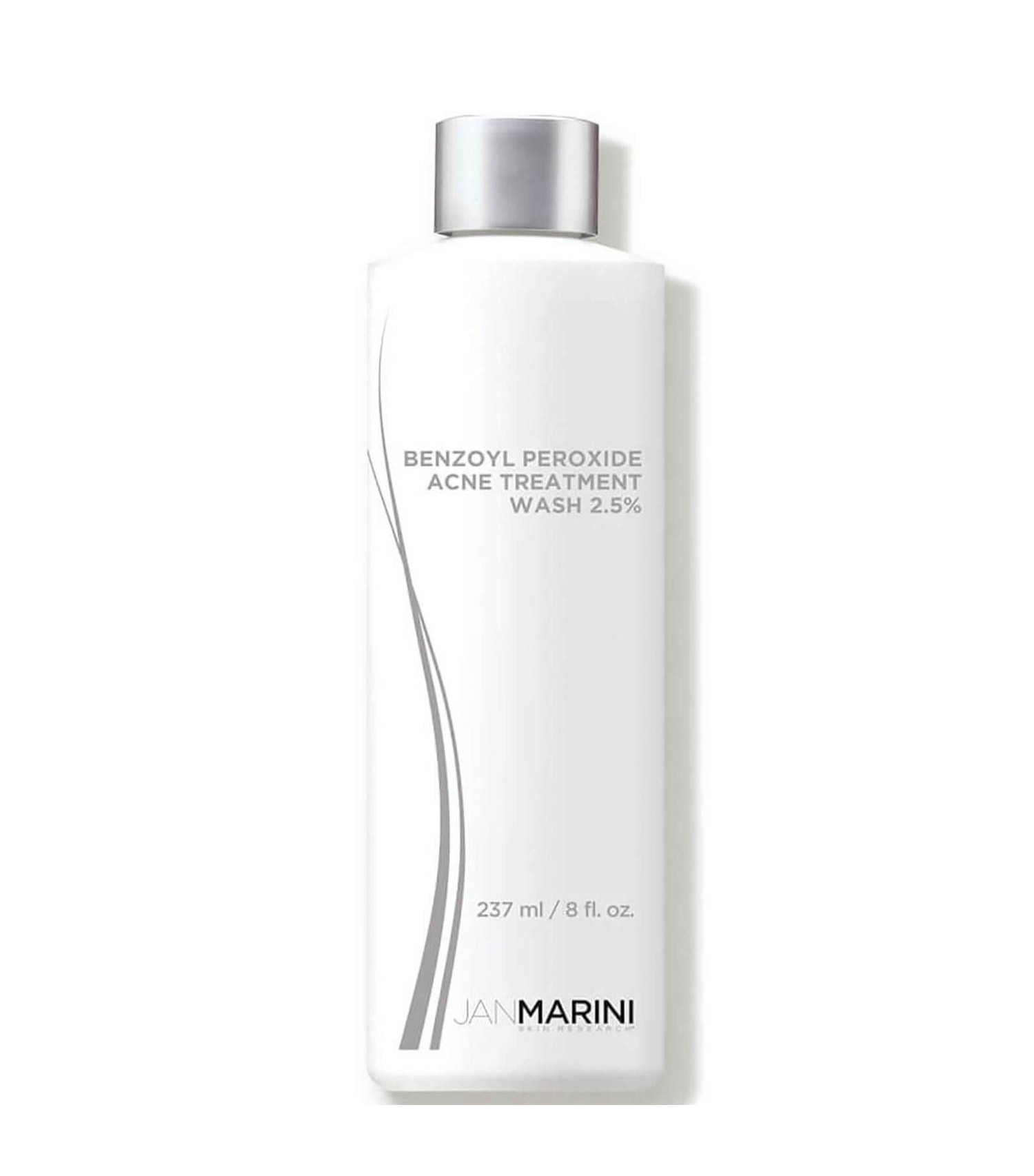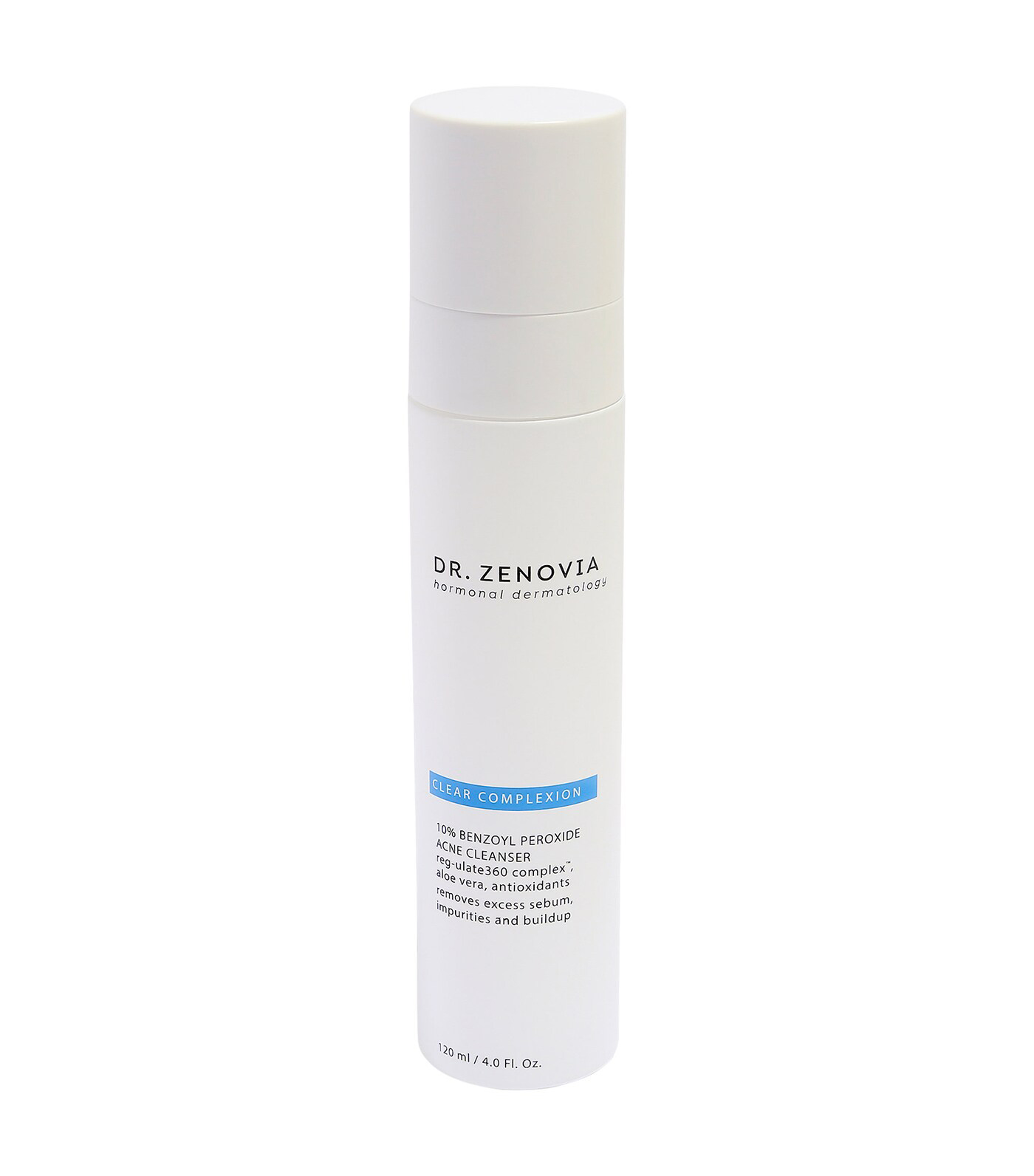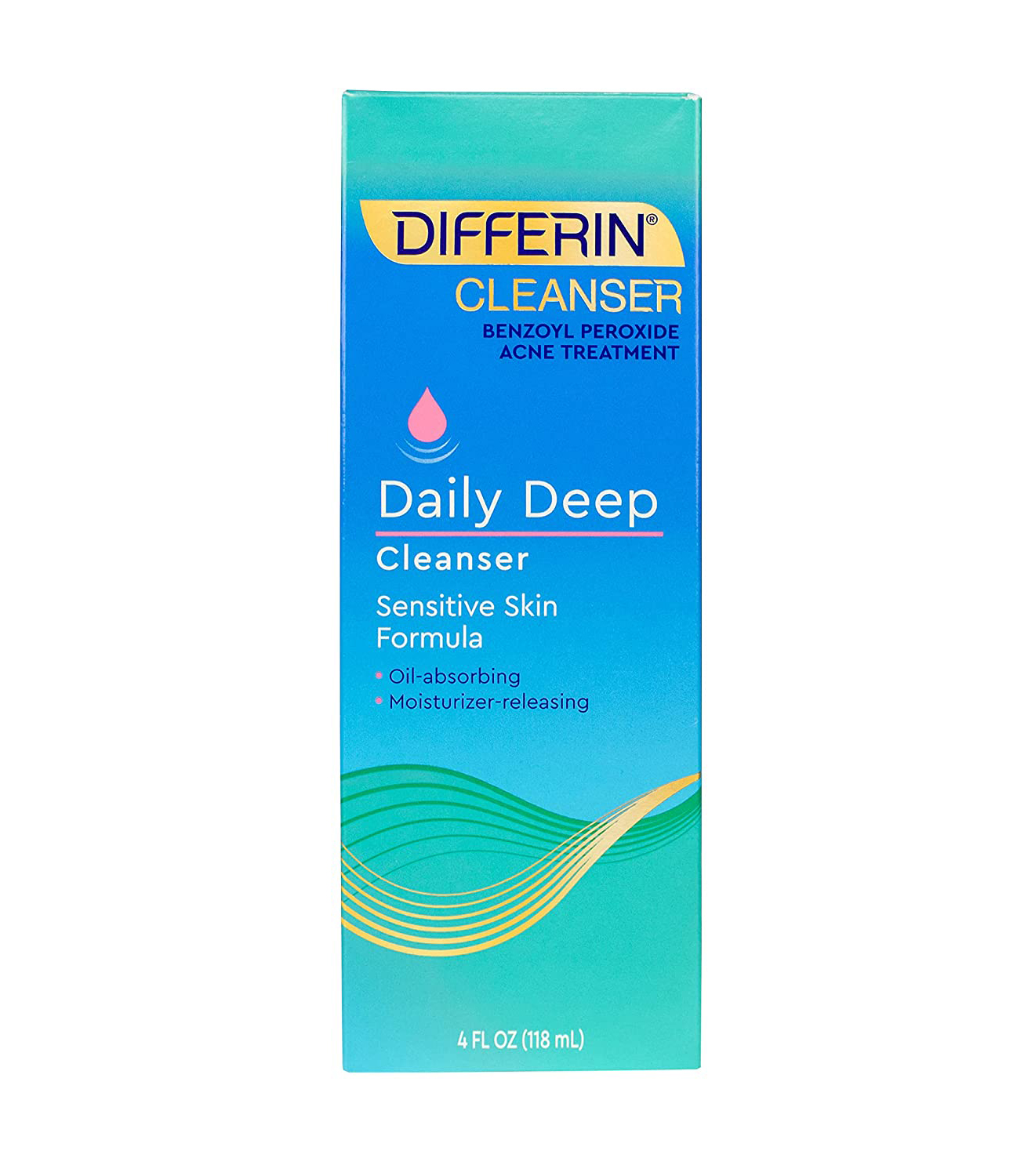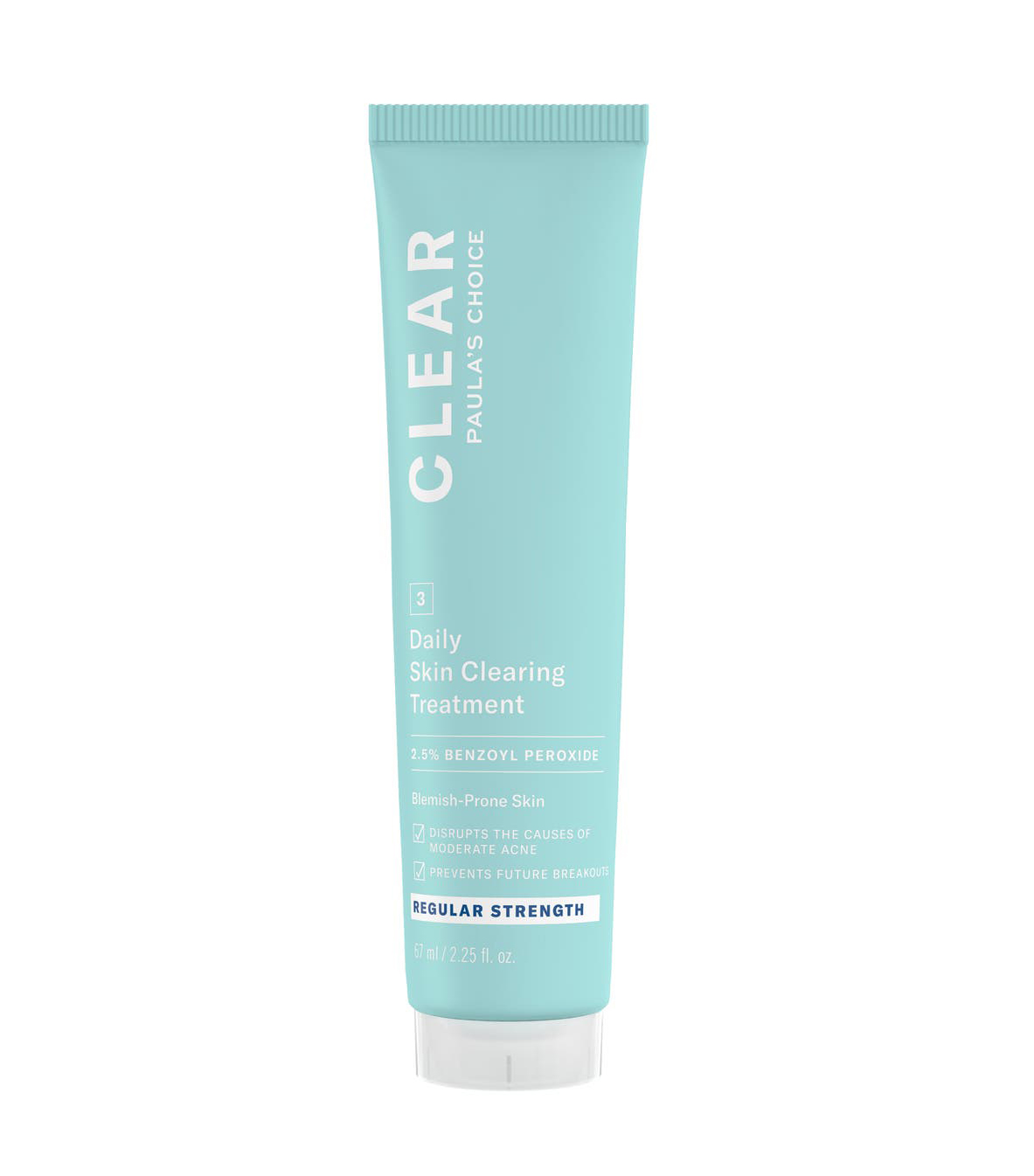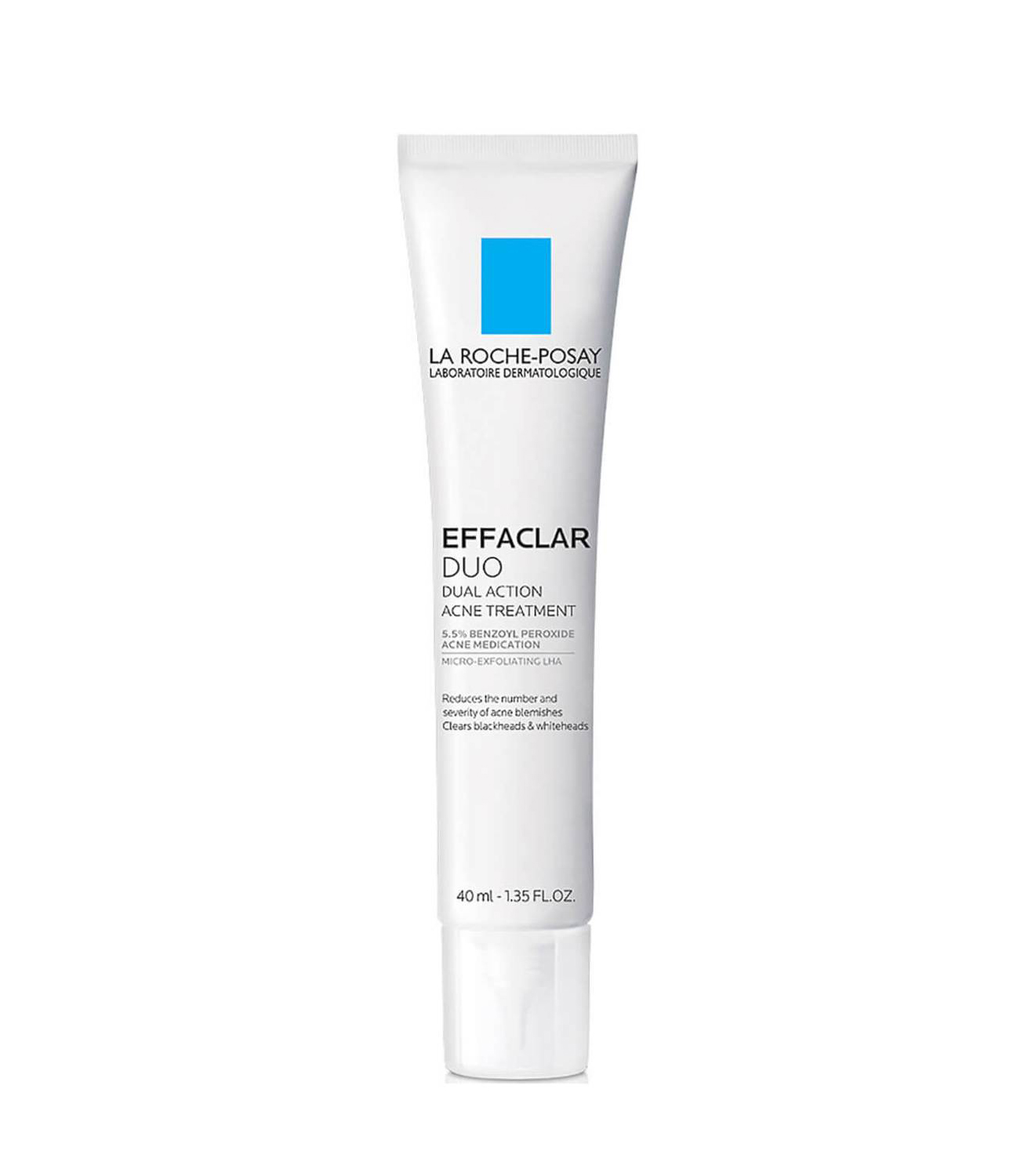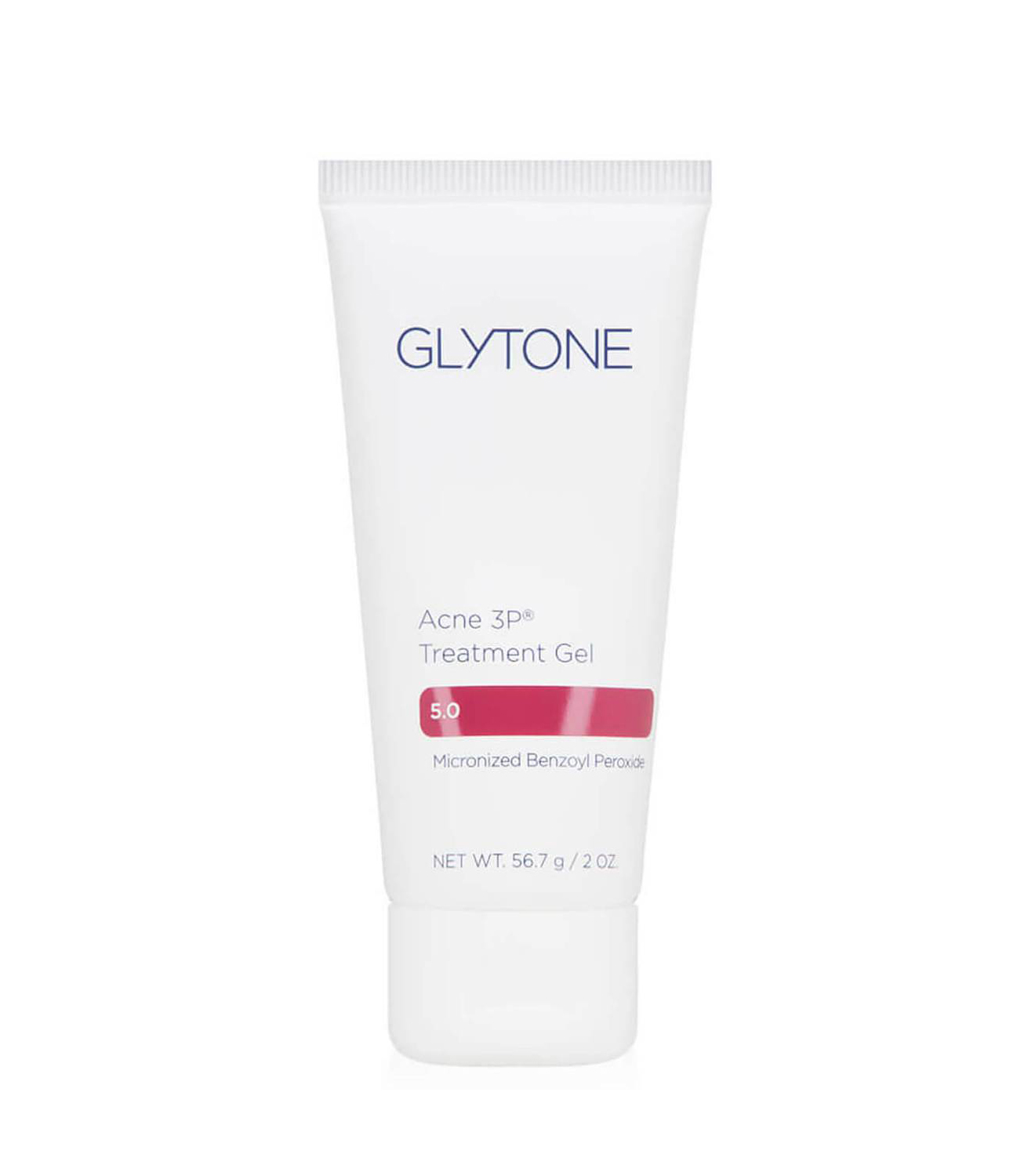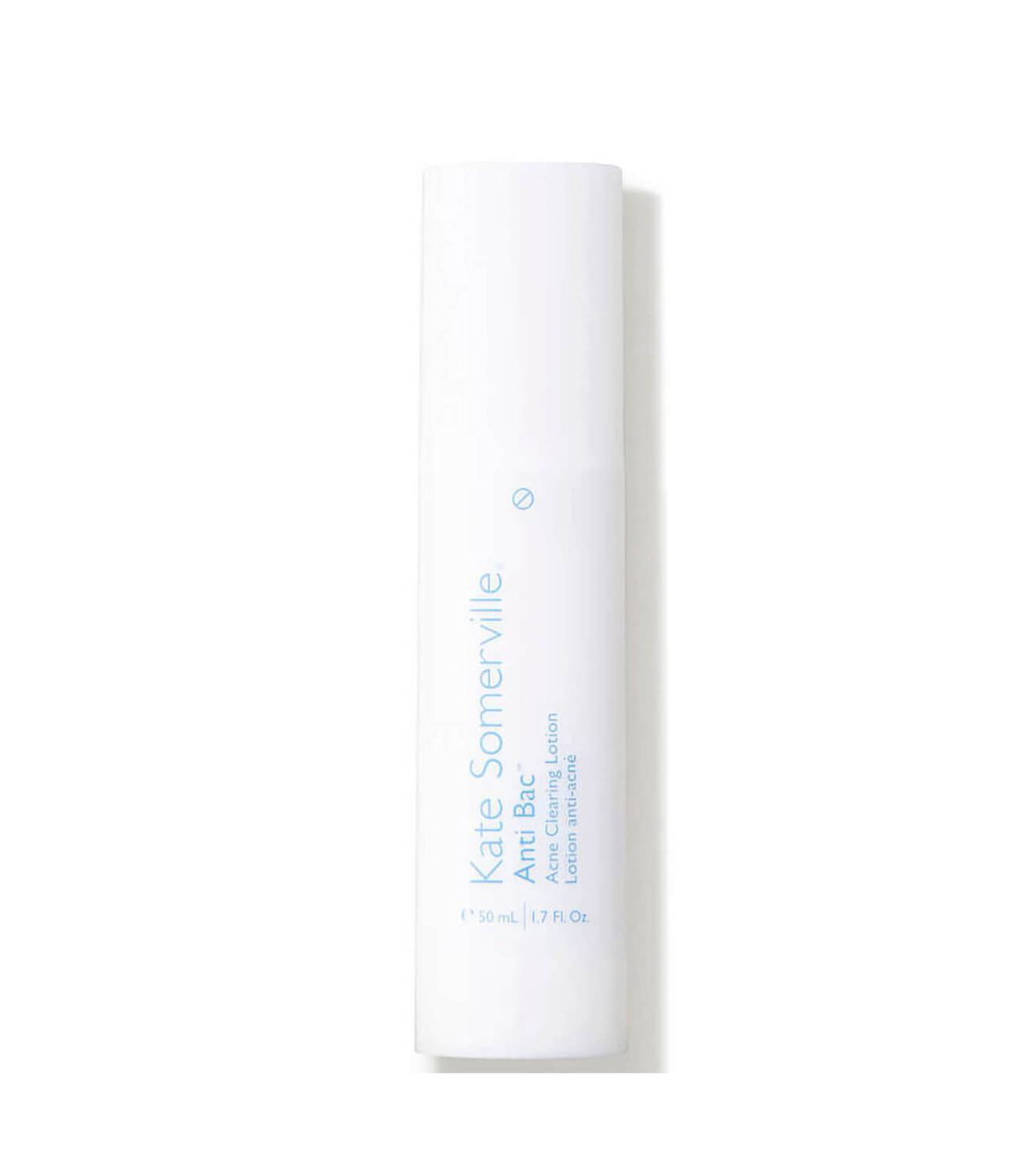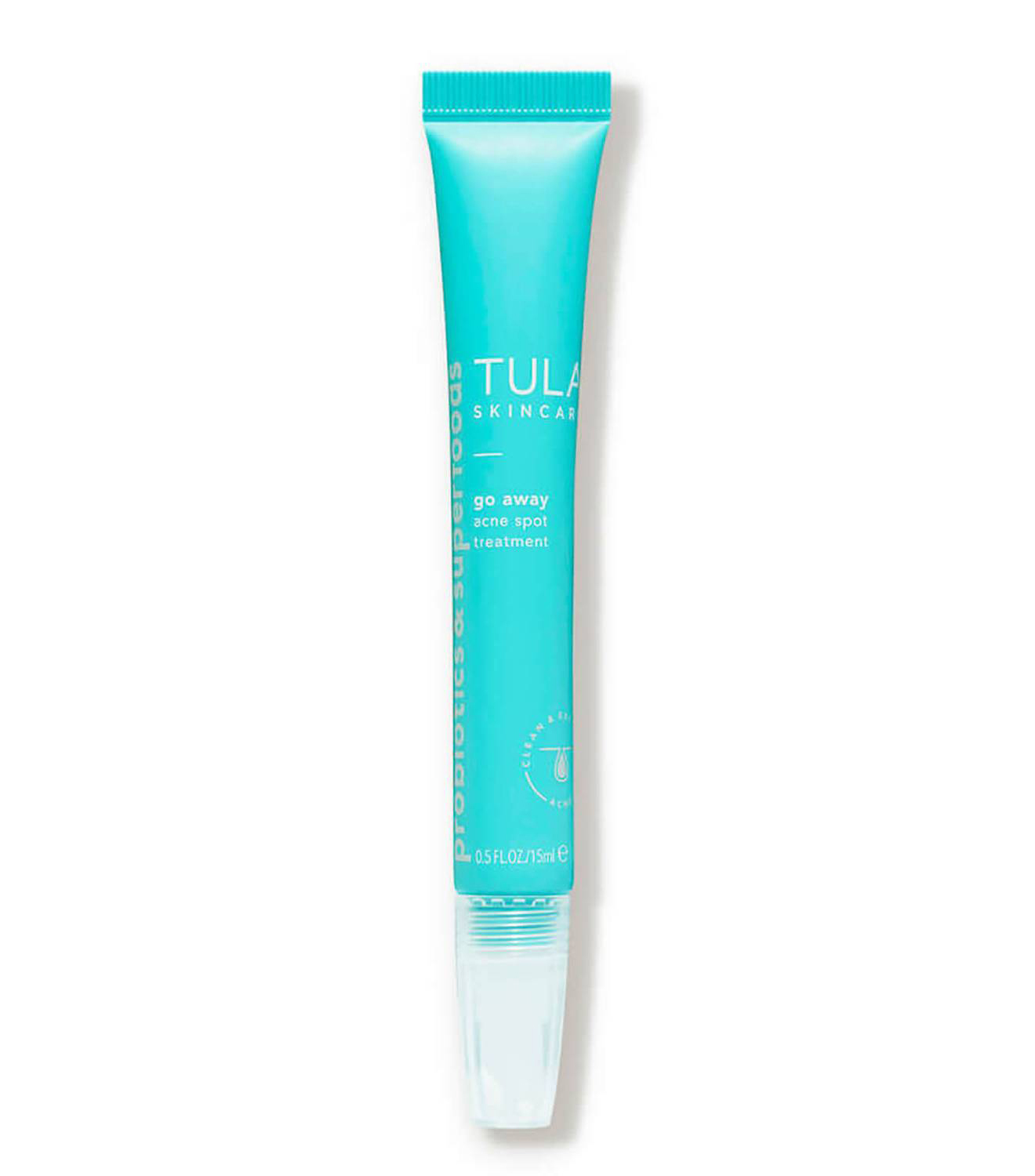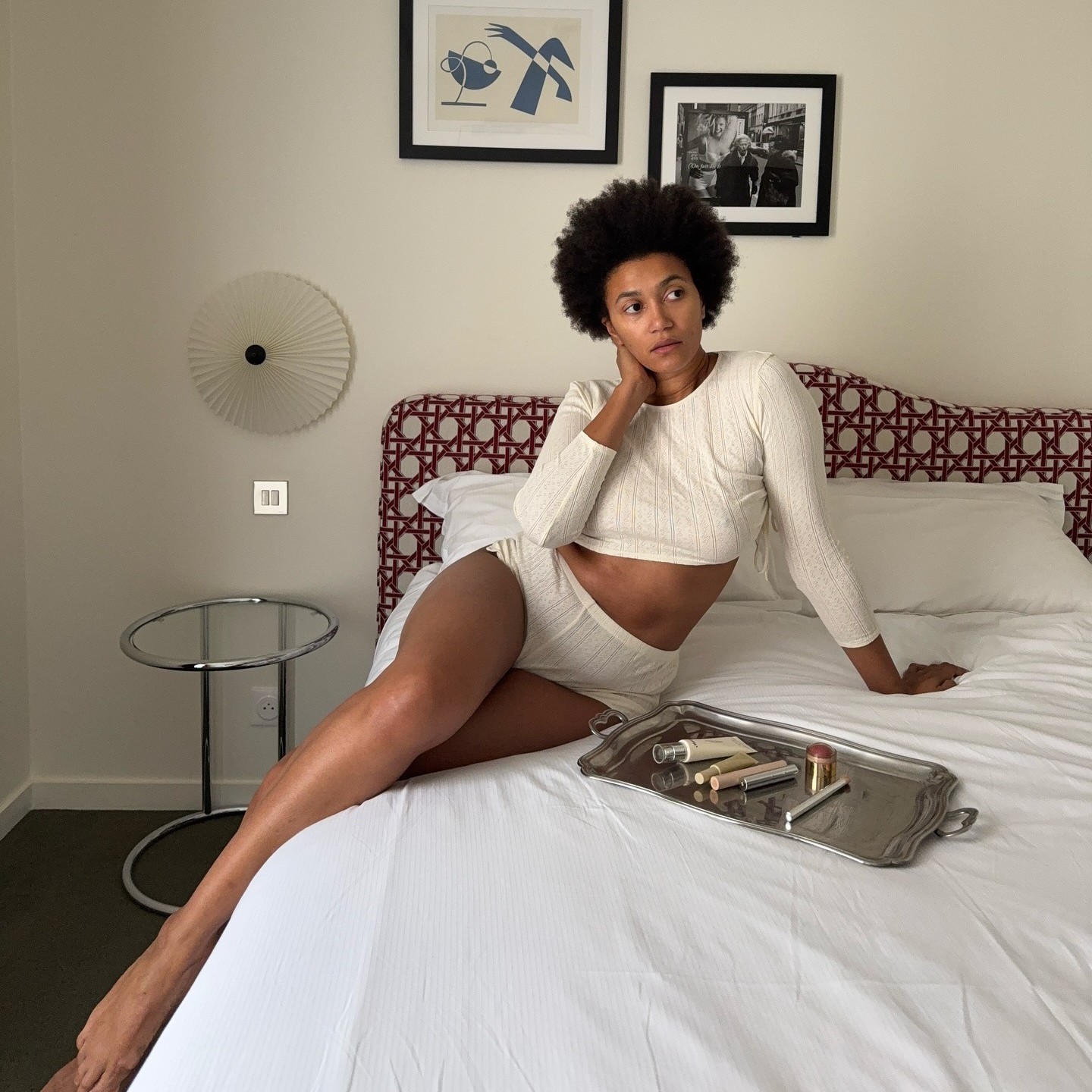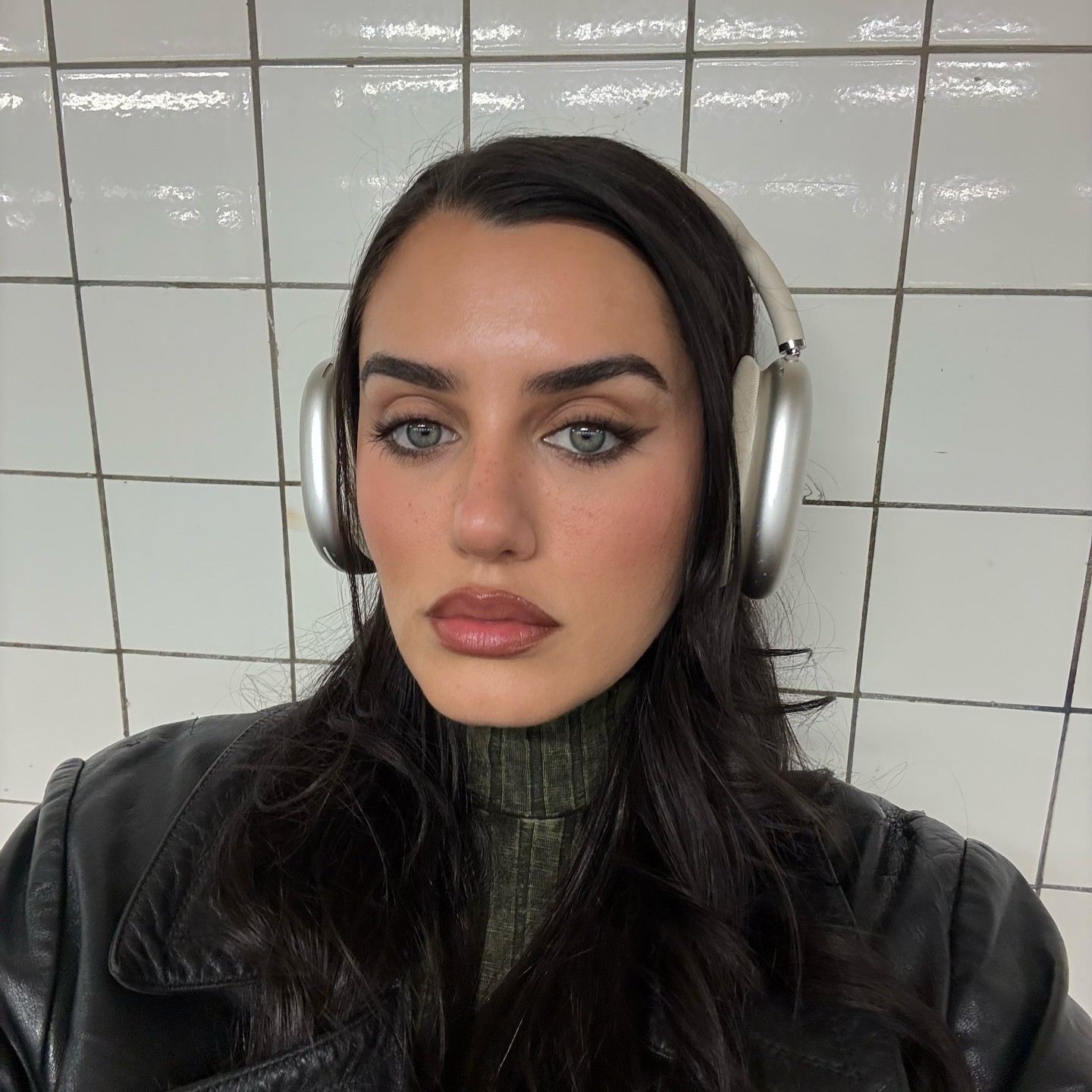16 Benzoyl Peroxide Products That Are Acne's Worst Nightmare (You're Welcome)
When dealing with acne, you'll probably try anything and everything to get it under control. That includes testing out product after product and treatment after treatment. We already know about some acne fighters, like salicylic acid and retinol, but we shouldn't forget about benzoyl peroxide—it's a powerhouse when it comes to keeping pimples at bay.
"Benzoyl peroxide (BPO) is a peroxide with antibacterial, irritant, keratolytic, anti-inflammatory, and comedolytic properties," explains Corey L. Hartman, MD, FAAD, founder of Skin Wellness Dermatology. "It is a mainstay of acne therapy and has been a part of dermatologic care for decades. BPO reduces acne-causing bacteria and improves inflammation associated with acne flares. It is available over-the-counter and comes in strengths ranging from 4% to 10%."
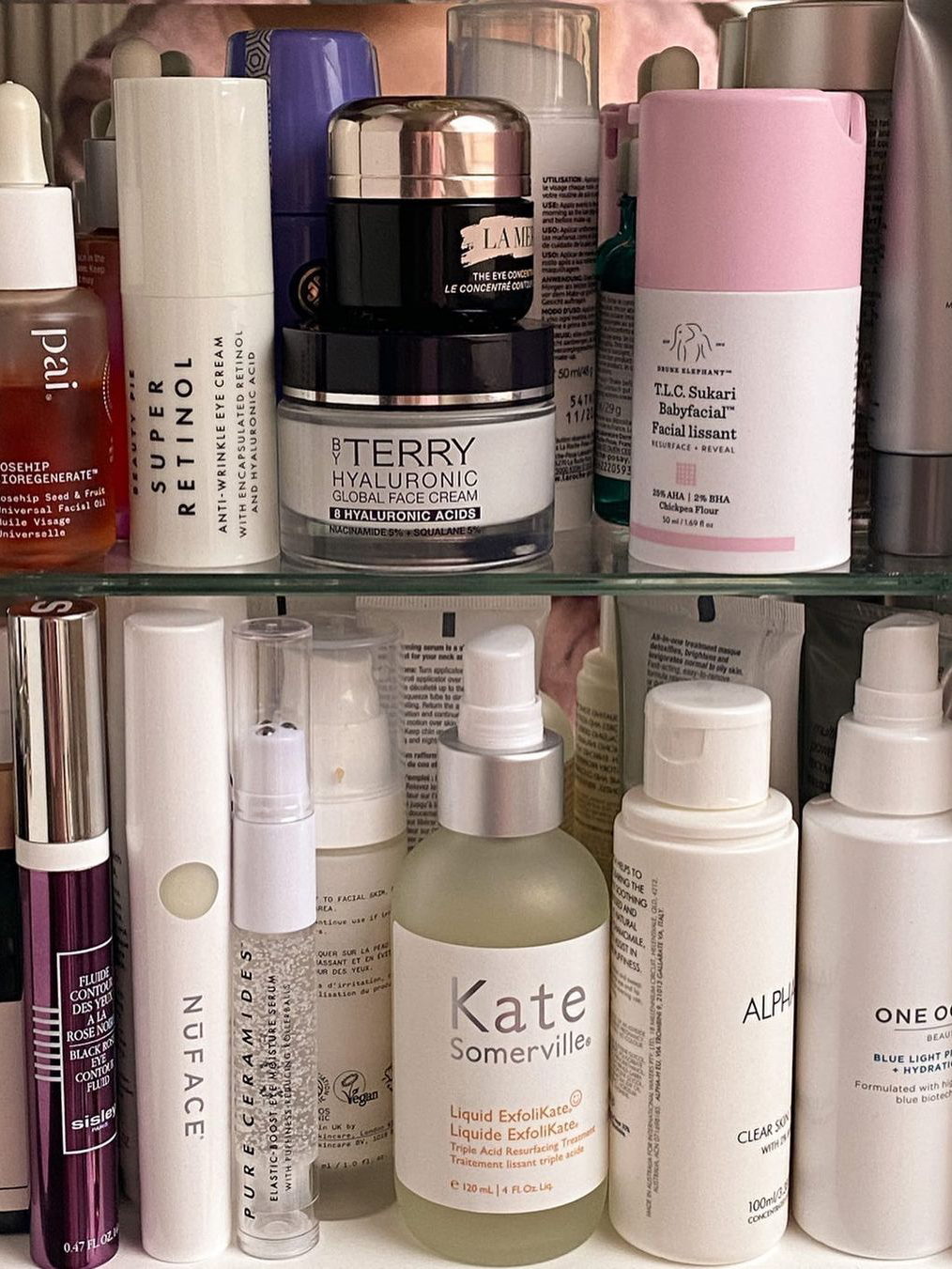
The thing that makes benzoyl peroxide stand out from other acne-fighting ingredients is that it has the ability to actually kill the bacteria since it's bactericidal. Kathleen S. Viscusi, MD, FAAD, FACMS, co-founder and partner at Dermatology and Surgery Specialists of North Atlanta (DESSNA), says that many anti-acne agents only slow down the growth of acne-causing bacteria. "Benzoyl peroxide is fast-acting and works to effectively treat many forms of acne (whiteheads, blackheads, cystic acne, etc.)," Viscusi adds.
And the ingredient also has some effective exfoliating properties—helping the pores get rid of excess sebum and dead skin.

While the benefits sound great, there are a few things you'll want to keep in mind before using a BPO product. "Benzoyl peroxide has been shown to be irritating, especially for those with darker skin tones," Hartman says. "It can also bleach clothing and should be applied with caution to avoid damaging textiles. Hands should be washed thoroughly after application on the skin."
Tracy Evans, MD, MPH, FAAD, FACMS, medical director of Pacific Skin and Cosmetic Dermatology, also adds that the ingredient can also be very dry for the skin, sometimes causing redness and peeling. In short, it may affect sensitive skin. Viscusi recommends consulting a board-certified dermatologist before adding BPO into your routine.
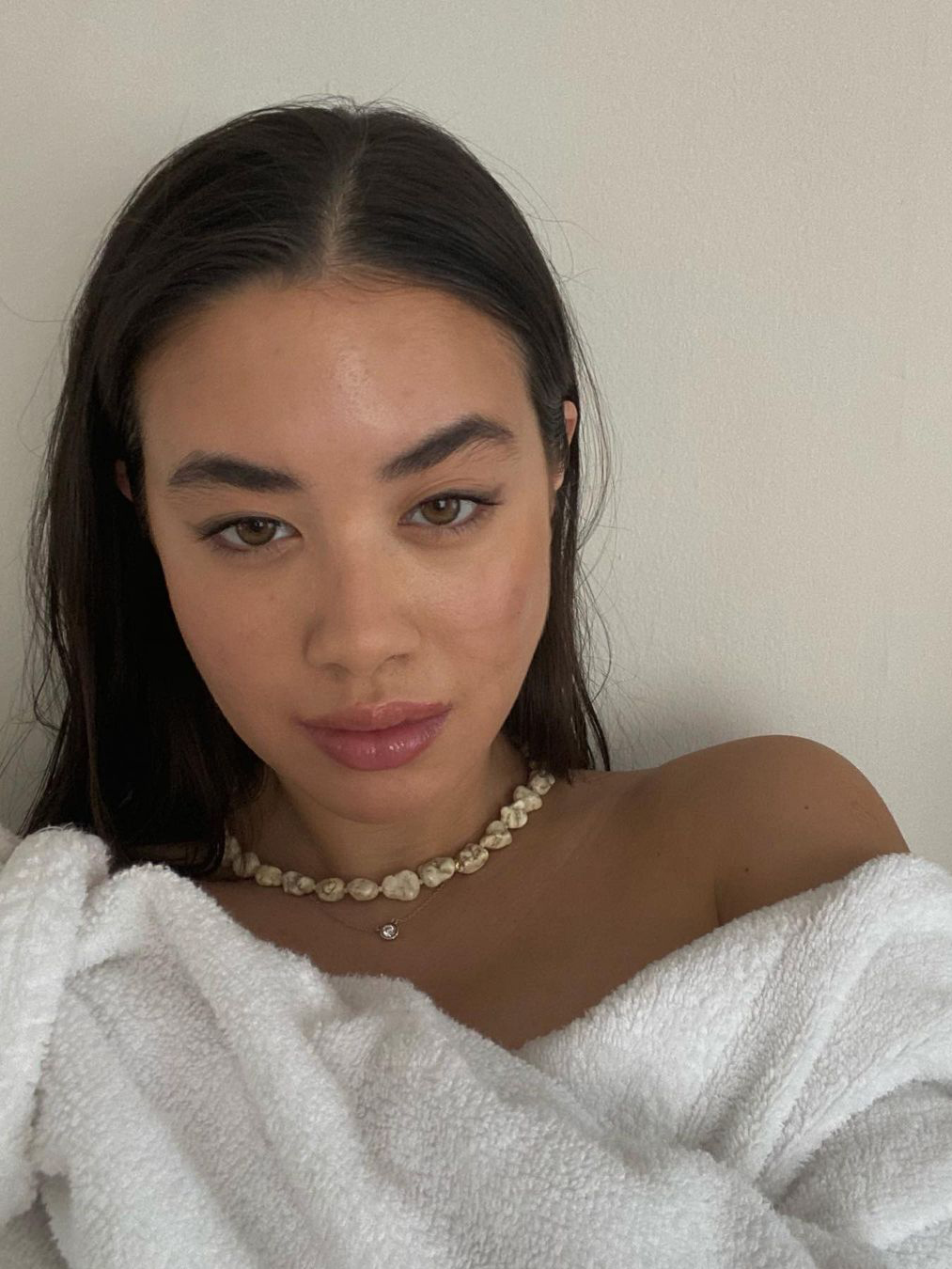
But if you have acne-prone or oily skin, then you could be the right candidate for BPO products. As for application, Viscusi says the amount and frequency depends on skin sensitivity—she recommends starting once per day and then upping to twice a day if your skin is tolerating the product. Evans also recommends even trying it only two to three times a week and then moving it up to each morning.
And your products don't need to be (and shouldn't be) all BPO-focused. "Since benzoyl peroxide comes in multiple formats (cleansers, toners, creams, etc.), I'd recommend using just one form of benzoyl peroxide product," Viscusi says. "Always apply sunscreen following the application of benzoyl peroxide. And be sure to wash your hands following application, as benzoyl peroxide can stain fabrics."
When it comes to shopping for products, you can start with lower concentrations of BPO to ensure that the skin doesn't dry out too much, Hartman suggests. "Look for cleansers and not creams to reduce dryness, irritation, and scaling. Look for moisturizing ingredients to balance the drying effects of benzoyl peroxide," he recommends. "I prefer benzoyl peroxides as cleansers to reduce skin contact time and therefore the possibility of irritation. Use white washcloths to avoid bleaching other colors."
And checking with a dermatologist on concentration strength and product recommendations for your particular skin needs will always be helpful. But if you want to get a head start, take a look at some of the experts' and editors' recommendations below.
Cleansers
Treatments
Spot Treatments
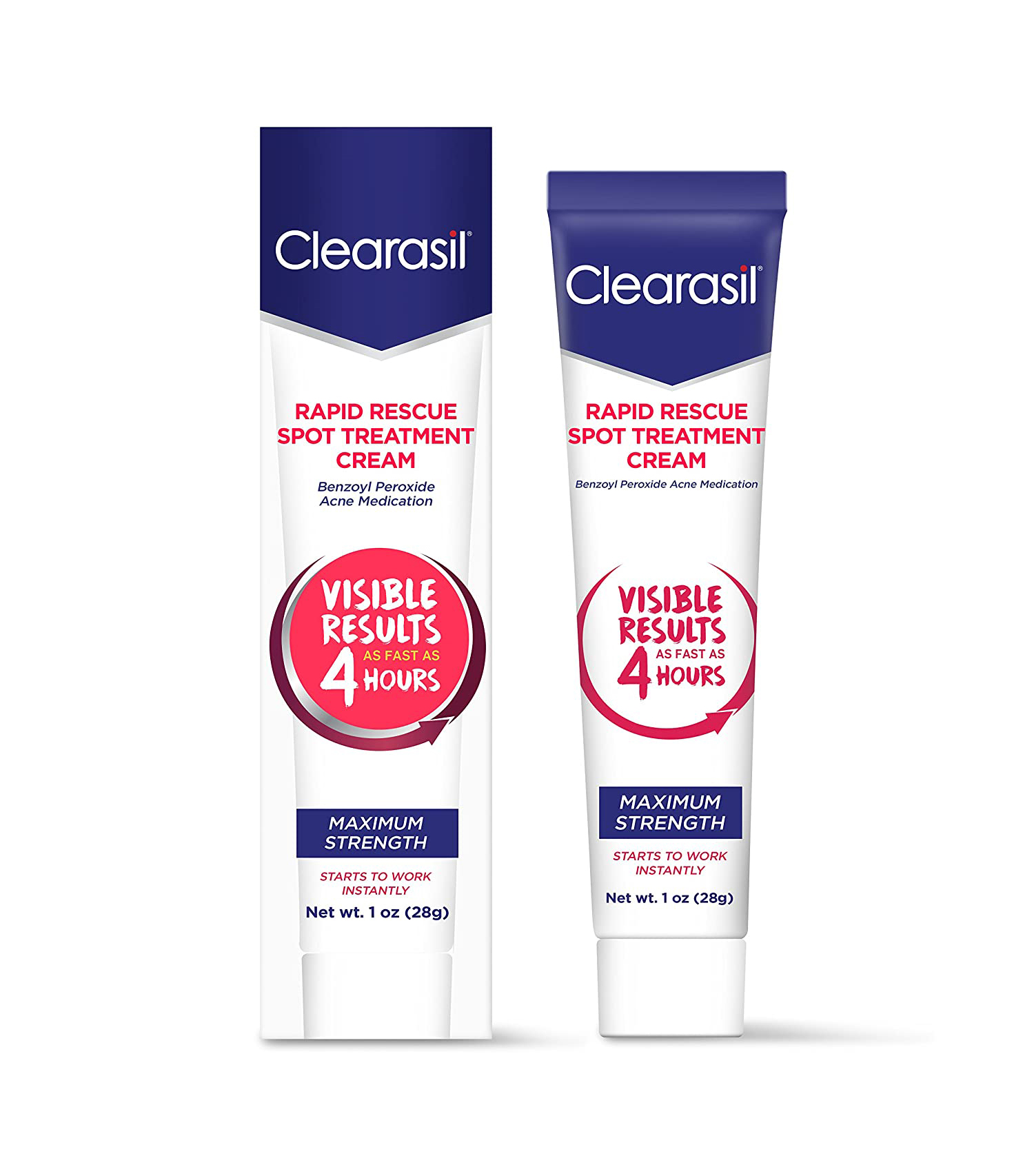
You could see results in four hours with this cream. It absorbs quickly into the skin and treats pimples both above and below the skin's surface.
Next, We Asked Gwyneth Paltrow's Facialist How to Banish Acne Scars for Good
Sarah is lifestyle writer and editor with over 10 years of experience covering health and wellness, interior design, food, beauty, and tech. Born and raised in Los Angeles, she attended New York University and lived in New York for 12 years before returning to L.A. in 2019. In addition to her work at Who What Wear, she held editor roles at Apartment Therapy, Real Simple, House Beautiful, Elle Decor, and The Bump (sister site of The Knot). She has a passion for health and wellness, but she especially loves writing about mental health. Her self-care routine consists of five things: a good workout, “me” time on the regular, an intriguing book/podcast/playlist to unwind after a long day, naps, and decorating her home.




